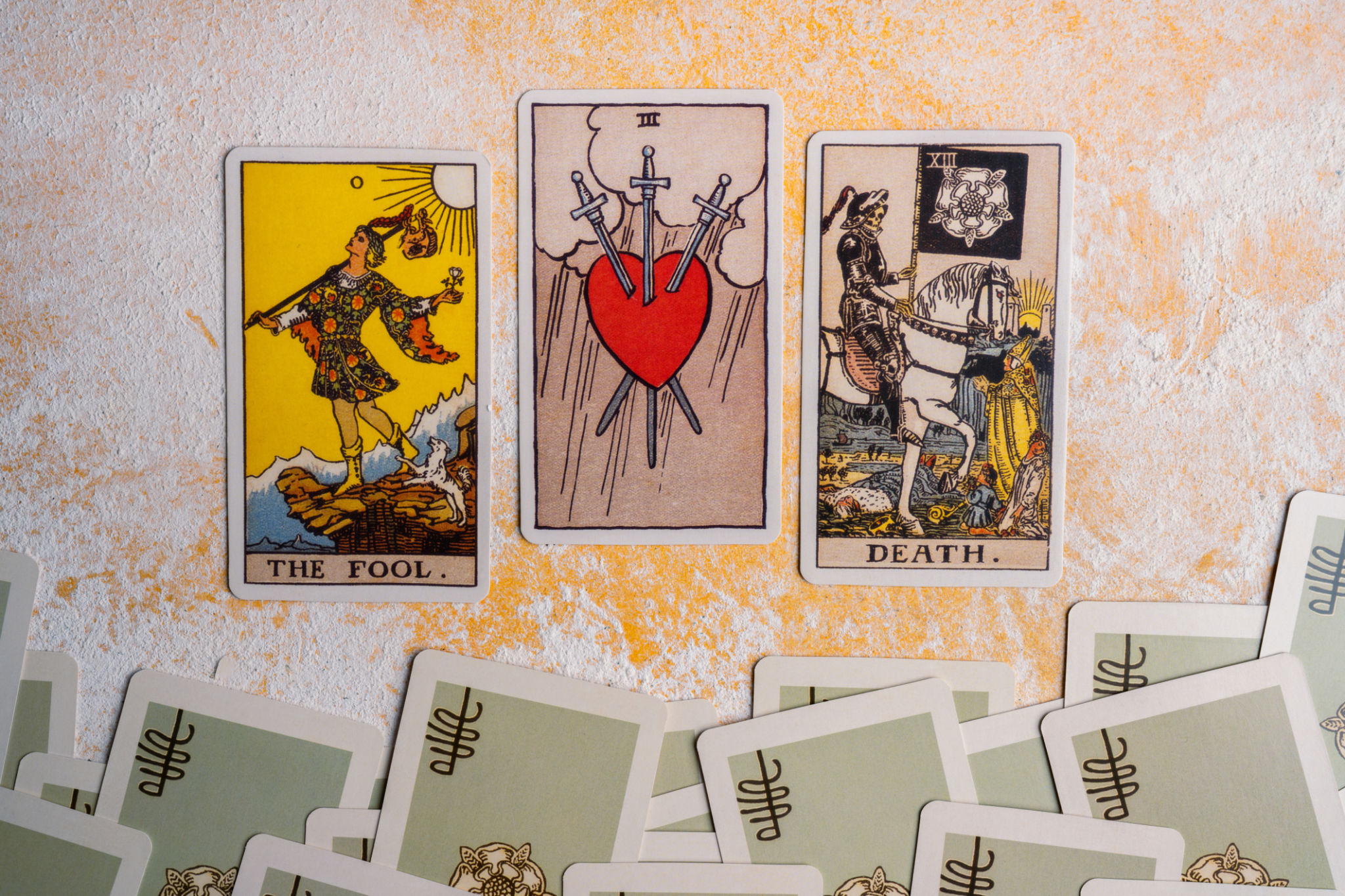Unlocking the Mysteries of Tarot: A Beginner's Guide
Understanding Tarot: A Journey into the Cards
The world of tarot is as intriguing as it is mysterious, shrouded in history and symbolism. For beginners, tarot cards may seem daunting, but they are a powerful tool for introspection and guidance. Understanding the basics of tarot can unlock new perspectives and insights in your life.

Tarot decks typically consist of 78 cards, each with its own image, symbolism, and story. These cards are divided into two main categories: the Major Arcana and the Minor Arcana. The Major Arcana consists of 22 cards that represent significant life events or spiritual lessons, while the Minor Arcana includes 56 cards that reflect everyday challenges and experiences.
Getting Started with Tarot Reading
Choosing Your First Deck
Choosing a tarot deck can be an exciting yet overwhelming experience for beginners. There are countless designs available, from classic decks like the Rider-Waite to more contemporary interpretations. It’s important to select a deck that resonates with you personally. Consider the artwork, symbolism, and your intuitive connection to the deck.

Understanding Card Meanings
Each tarot card has a unique meaning, which can vary depending on its position in a spread and the cards surrounding it. Beginners often start by learning the meanings of each card individually. Many resources are available to help with this, including guidebooks that often accompany decks, online tutorials, and workshops.
When interpreting a card, consider both its traditional meaning and your personal intuition. Over time, you will develop your own interpretations and connections with the cards.
Performing Your First Tarot Reading
Setting Up Your Space
Creating a conducive environment for a tarot reading is crucial. Find a quiet space where you can focus without distractions. Many readers use candles, crystals, or incense to enhance the atmosphere and help create a sense of ritual.

Basic Spreads for Beginners
There are many different tarot spreads to choose from, but beginners might want to start with simple layouts, such as the one-card draw or the three-card spread. The one-card draw is excellent for gaining insight into daily questions or challenges. The three-card spread typically represents past, present, and future influences on a situation.
- One-Card Draw: Ideal for quick insights or daily guidance.
- Three-Card Spread: Offers a broader perspective on past, present, and future influences.
Embracing the Journey
Remember that tarot reading is as much about intuition as it is about knowledge. Trusting your instincts is key to unlocking deeper insights. Allow yourself to explore and experiment with different decks and spreads until you find what feels right for you.
Over time, tarot can become a valuable tool for self-reflection and decision-making. It encourages mindfulness and offers new perspectives on the challenges and opportunities in your life. By embracing the mysteries of tarot, you open yourself to a journey of personal growth and understanding.